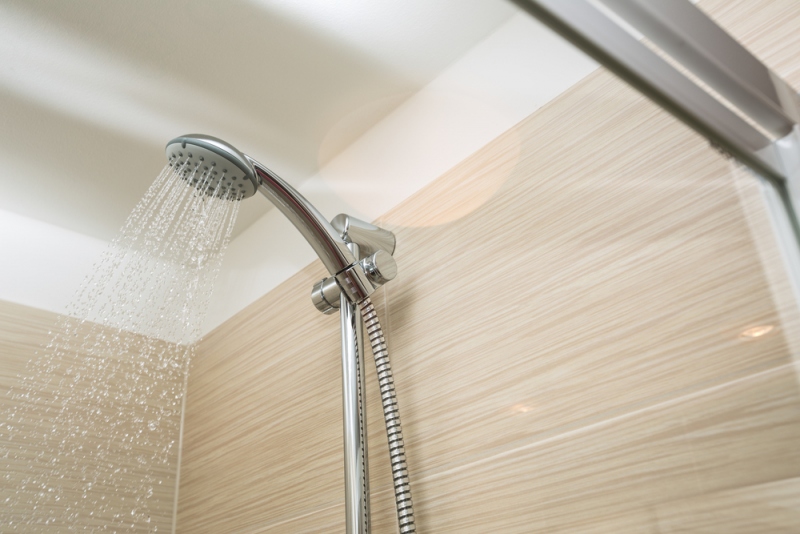Everyone has a different preference when it comes to bathing. Some people swear by baths, whereas others enjoy a hot shower. If you’re a homeowner, you might ask yourself if either bathing choice is good or bad for the plumbing. The pipes in your walls and floors carry water every day with reliability that’s easy to overlook. Take a look at the advantages and disadvantages to showers and baths when it comes to your plumbing. There are some factors that play a role.
Pressure Against the Plumbing
As you take a bath, there’s considerable pressure on the plumbing. The tub itself is holding several dozen gallons of water. Pull the plug at the drain, and your pipes are quickly struck with a lot of pressure.
Although pipes are designed to take on a certain amount of water, baths taken every day over several years might wear out joints or exacerbate minor cracks. Showers produce a steady stream of water, but not at such high pressures. If you’re concerned about your pipes and their reaction to pressure, taking showers might be a better option.
Water-Volume Considerations
Concerns over water pressure also coincide with volume. The water rushing into your pipes after a bath comes in large volumes. A joint or crack that’s otherwise leak free with showers may not act the same way during a bath. Water that steadily drips through a declining pipe won’t leak in comparison to bathwater that rushes across every square inch of the plumbing.
These minor leaks may not be noticeable with the plumbing hidden in the walls too. Your home develops yellow stains in areas that don’t appear related to the plumbing at all. A shower remains a better choice if you have any older pipes within the home.

Conserving Water
You’re concerned about what’s best for your plumbing, and this awareness might spill over into conversation efforts. It’s a fact that showering is often more wasteful than baths. You’d have to take a short-lived shower with a water-conserving fixture on the shower head in order to make the process less wasteful.
When you fill up your bath, it’s a fixed amount of water regardless of the length of your stay. You don’t have to think about the time factor and how it impacts the environment or your plumbing.
Fixture Strain
There can be strain on your fixtures as either showers or baths are taken. The hot and cold water knobs produce a certain pressure against your water supply. You might have a fixture that alternates between the tub faucet and shower head. Ideally, these fixtures should be serviced or replaced each year. No surprises will occur with regular maintenance.
Noticing Clogs
When you drain your bath, it can take some time to completely empty out. Noticing a clog at this point isn’t very easy. You realize that there’s a plumbing clog almost immediately when taking a shower. The shower floor may fill up just like a bath at some point. You’ll know that an unclogging job is necessary to keep the pipes in good shape.
Working with professional plumbers is the best route to take when you want to maintain a healthy system. Find a reliable company, and contact them on a regular basis. Minor repairs cost less than you might think. It’s the major repairs that you want to avoid regardless of your preference for showers or baths.
Charlie Teschner started MESA Plumbing, Heating, and Cooling in 1982. Charlie has a journeyman and master plumber’s license. He was raised with a strong work ethic and he now applies those values to tasks such as Longmont, CO heating repair.
